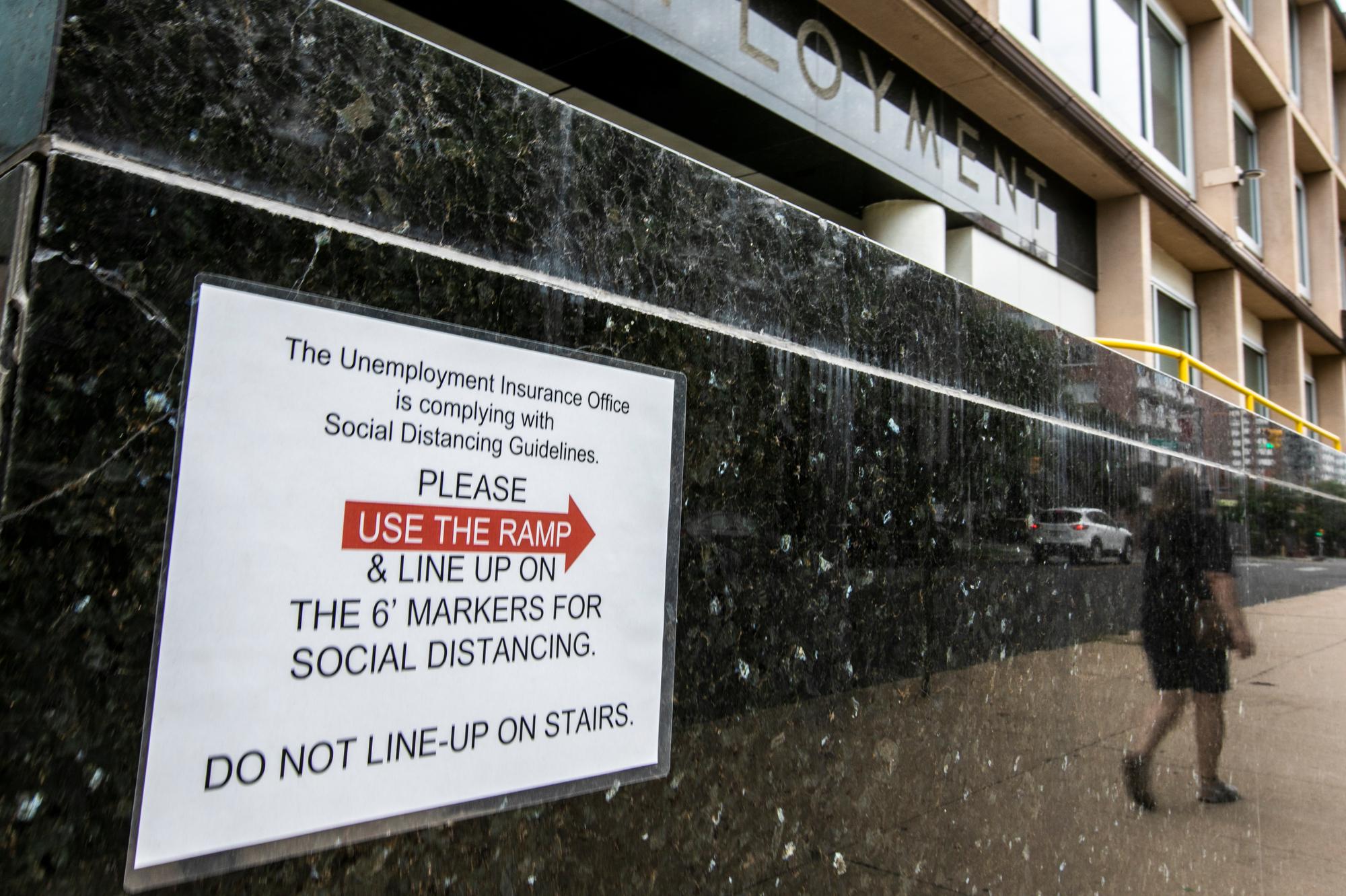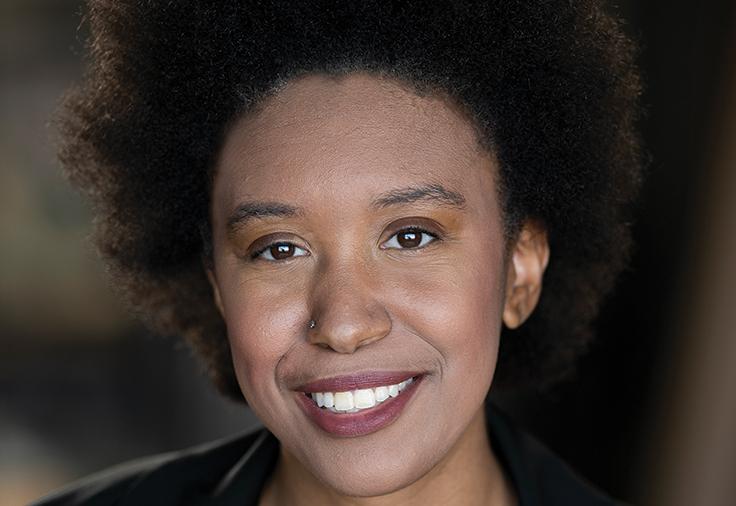
About one in 10 Coloradans are out of work, and women and young adults make up the largest groups of Coloradans filing for unemployment claims.
Women’s initial filings for unemployment during the coronavirus pandemic increased by 30 percent, and Asian Americans’ claims more than doubled compared to all of 2019. Claims from young adults ages 20 to 24 also more than doubled.
The Colorado Department of Labor and Employment publishes demographic data only for initial claims, which may differ from the unemployment rate.
The data show who, by race and gender, filed for unemployment from March 15 to July 4, the months most affected by social distancing and stay-at-home measures, and compares them to the average weekly initial claims data from 2019.
More women than men filed for unemployment so far — a major reversal of pre-pandemic trends
For the past decade, more men than women filed for unemployment, said Tatiana Bailey, the executive director of the University of Colorado Colorado Springs Economic Forum. In 2019, men accounted for nearly 60 percent of all filings. During the pandemic, women account for 53 percent of filings during the pandemic.
Health care and social assistance (particularly personal home health care service) and retail trades tend to be more dominated by women and stay-at-home and social distancing orders took away a lot of those jobs. Bailey said there is a tendency for women to go to those jobs because of circumstance and because women tend to the bulk of child care.
“Those are part-time jobs or jobs that can work for women who have children,” Bailey said.
She also said that women tend to be encouraged to work in industries that are considered more feminine. Ingrained gender stereotypes can impact women’s self-assessment on what jobs they have the skills for.
“These are more traditionally female-oriented positions,” she said. “That’s really more of a legacy of some biases that kind of go with those types of positions.”
During the Great Recession, the largest impacted industries included construction and waste management and more men filed for unemployment, said Brian Lewandowski, an economist with the University of Colorado Boulder Leeds School of Business.
Those industries were deemed essential and therefore weren’t as affected by the lockdowns.
“The industry mix is different this time than it was in the last cycles,” Lewandowski said.
Young adults are the largest age group of people who are unemployed
People ages 25 to 34 make up the largest share of those filing for unemployment, accounting for 136,604 filings during the pandemic so far. That’s roughly a 30 percent increase in the share of total initial claims compared to 2019.
All age groups under 35 years old saw an increase in their share of filings while all age groups above 35 years old saw a decrease.
“When I trace that to certain industries, I think about the tourism industry that includes hotels, ski resorts, and restaurants that are kind of a youth dominated industry,” Lewandowski said.
Asian Americans have the highest jump for initial unemployment claims data
Asian Americans represent roughly 3.5 percent of the population but make up about 5 percent of the initial claims data since the pandemic affected businesses in Colorado. They represented only 2 percent of filings in 2019.
The largest industry where Asian Americans are employed in Colorado is food service and accommodation, which took a big hit in the pandemic.
This time last year, on a national scale, white people and Asian Americans were the only two racial groups who had unemployment rates below the national average. At the time, the average was 3.5 percent.
Now, in the second quarter of 2020, when the unemployment rate skyrocketed to 12.9 percent, only white people among the racial groups listed have lower-than-average unemployment. The U.S. Bureau of Labor Statistics did not provide data on Indigenous people.
Black Coloradans represent about 4 percent of Colorado’s population but so far in 2020, account for 7.5 percent of the initial claims data. That’s slightly less than their share prior to the pandemic.
Native American people are 1.6 percent of the state’s population but represent more than 2 percent of the people filing for unemployment. So far, that is slightly better than in 2019 when Indigenous people made up about 3 percent of people filing for unemployment.
White people still make up the majority of unemployment claims at about 85 percent, but they are also the majority of the state’s population at about 87 percent. In 2019, white people represented slightly more of the initial claims at 86 percent.
State data categorizes Hispanic people by ethnicity rather than race which prevents direct comparisons. Based on census data, Latinx people make up nearly 22 percent of Colorado’s population. Latino people made up about 20 percent of the claims in the state, a decline from last year’s share.
These fields were hit hardest by the pandemic — and members of minority groups tend to be employed in them
Industries that have struggled the most during COVID include accommodation and food services, health care and social assistance, and administrative services/support/waste management/remediation services. Members of minority groups also often work in those fields, Lewandowski said.
That last industry is broad, but it includes a lot of temporary service workers. A lot of those temp jobs went away when companies began to scale back when the pandemic began in Colorado in March. These workers are typically also required to be on-site and unable to work from the safety of their homes.
Lewandowski said it’s important to note that none of these industries are dominated by non-white people because Colorado is a predominantly white state.
But there are sub-groups within those industries that employ a lot of people of color: barbershops, nail salons, religious organizations and funeral homes.
Colorado is continuing to slowly re-open and economists expect employment levels to climb, but it's difficult to measure when, especially as there is no way to know if the pandemic will disrupt the economy again.









